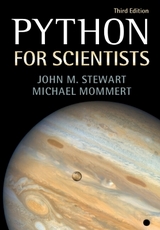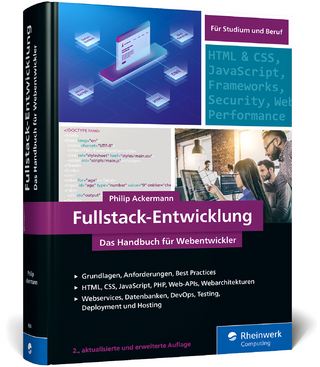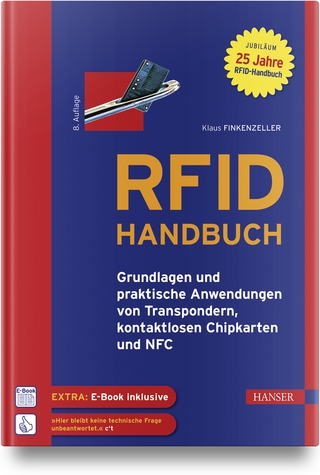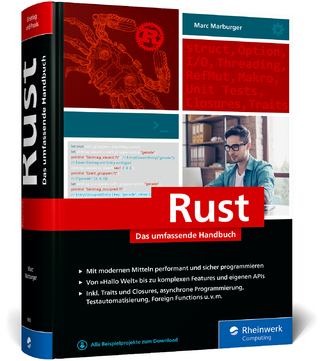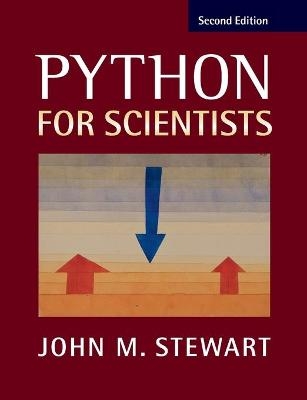
Python for Scientists
Cambridge University Press (Verlag)
978-1-316-64123-1 (ISBN)
- Titel erscheint in neuer Auflage
- Artikel merken
Scientific Python is a significant public domain alternative to expensive proprietary software packages. This book teaches from scratch everything the working scientist needs to know using copious, downloadable, useful and adaptable code snippets. Readers will discover how easy it is to implement and test non-trivial mathematical algorithms and will be guided through the many freely available add-on modules. A range of examples, relevant to many different fields, illustrate the language's capabilities. The author also shows how to use pre-existing legacy code (usually in Fortran77) within the Python environment, thus avoiding the need to master the original code. In this new edition, several chapters have been re-written to reflect the IPython notebook style. With an extended index, an entirely new chapter discussing SymPy and a substantial increase in the number of code snippets, researchers and research students will be able to quickly acquire all the skills needed for using Python effectively.
John M. Stewart was Emeritus Reader in Gravitational Physics at the University of Cambridge, and a Life Fellow at King's College, Cambridge before his death in 2016. He was the author of Non-equilibrium Relativistic Kinetic Theory (1971) and Advanced General Relativity (Cambridge, 1991), and he translated and edited Hans Stephani's General Relativity (Cambridge, 1990).
1. Introduction; 2. Getting started with IPython; 3. A short Python tutorial; 4. NumPy; 5. Two-dimensional graphics; 6. Multi-dimensional graphics; 7. SymPy, a computer algebra system; 8. Ordinary differential equations; 9. Partial differential equations - a pseudospectral approach; 10. Case study - multigrid; Appendix A. Installing a Python environment; Appendix B. Fortran77 subroutines for pseudospectral methods; References; Hints for using the index; Index.
| Erscheinungsdatum | 11.07.2017 |
|---|---|
| Zusatzinfo | Worked examples or Exercises |
| Verlagsort | Cambridge |
| Sprache | englisch |
| Maße | 174 x 245 mm |
| Gewicht | 550 g |
| Themenwelt | Mathematik / Informatik ► Informatik ► Programmiersprachen / -werkzeuge |
| Mathematik / Informatik ► Mathematik ► Analysis | |
| ISBN-10 | 1-316-64123-6 / 1316641236 |
| ISBN-13 | 978-1-316-64123-1 / 9781316641231 |
| Zustand | Neuware |
| Haben Sie eine Frage zum Produkt? |
aus dem Bereich
